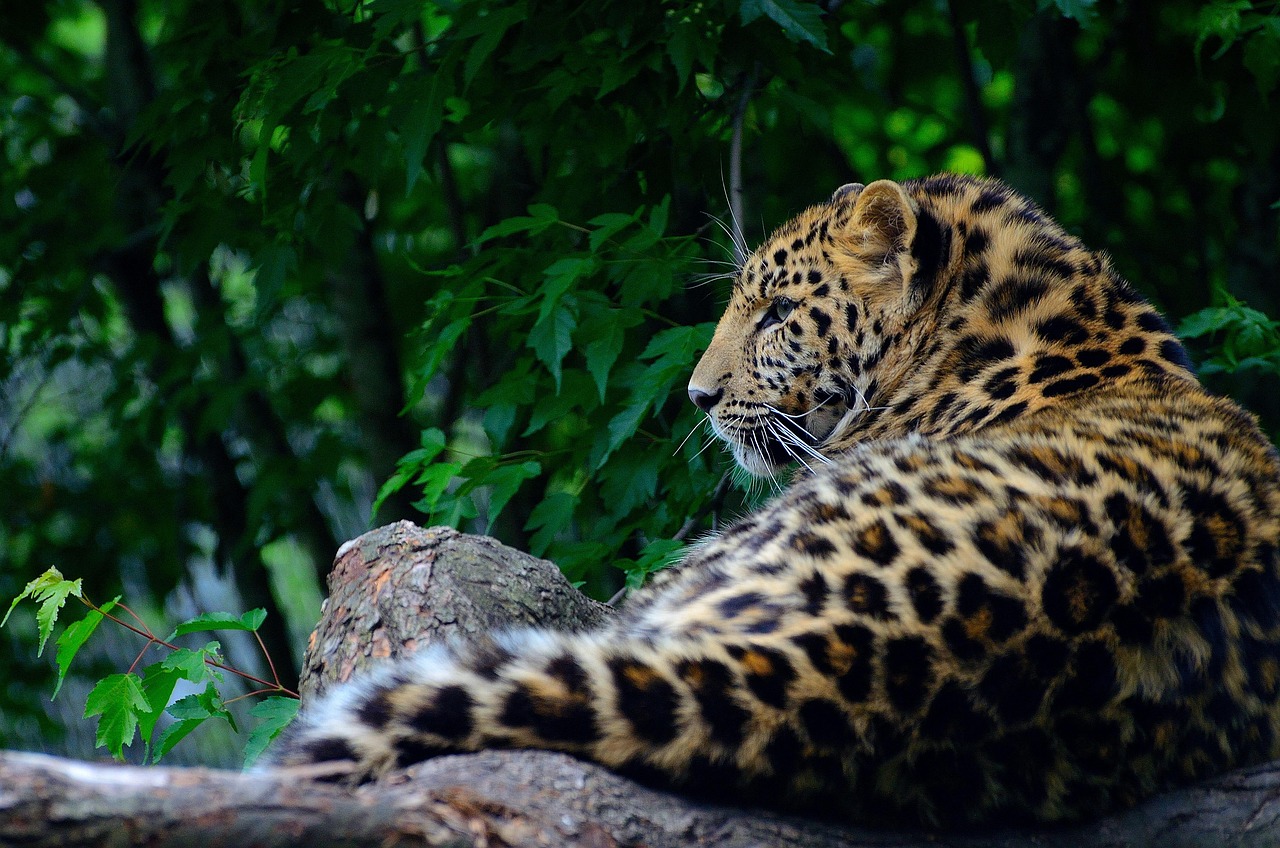How to Spot a Leopard in the Wild
How to Spot a Leopard in the Wild.
“Master the Art of Tracking Africa’s Most Elusive Big Cat”
Elegant. Elusive. Exhilarating.
Of all the animals you might encounter on safari, few stir as much awe as the leopard. Known for its stealth, beauty, and solitary nature, this iconic big cat is notoriously difficult to spot in the wild—making each sighting all the more magical.
At Lucky Moon Adventure, we’ve helped countless guests experience the thrill of a leopard encounter. Here’s our expert guide on how to spot a leopard in the wild—and what to know when you do.
- Know Where Leopards Live
Leopards are highly adaptable and found across much of sub-Saharan Africa, from dense forests and rocky hills to savannas and riverine woodlands.
Top safari regions for leopard sightings:
- Sabi Sands (South Africa) – arguably the best place in the world for leopard viewing
- South Luangwa National Park (Zambia) – famed for high leopard density and night drives
- Moremi Game Reserve (Botswana) – leopards often seen along tree-lined waterways
- Serengeti & Ruaha (Tanzania) – beautiful backdrops for tree-climbing leopards
- Laikipia Plateau (Kenya) – under-the-radar and excellent for sightings
Want a better chance? Choose private reserves with experienced trackers and fewer vehicles.

- What to Look For: Leopard Signs
Leopards are masters of camouflage, often hidden in plain sight. To find one, slow down and pay attention to the small signs:
- Drag marks or paw prints on dusty roads
- Fresh scratch marks on tree trunks
- Alarm calls from baboons, impalas, or guinea fowl
- Birds flying up suddenly from tree canopies
- Scavengers lurking nearby (may indicate a hidden kill)
Leopards will often return to a kill hidden in a tree over multiple days watch for hanging carcasses or vulture activity.
- Scan the Trees—Especially in the Heat
Leopards love elevation. During the heat of the day, they often lounge on horizontal tree limbs to rest and survey their surroundings.
Hot tips for tree scanning:
- Focus on large fig, marula, sausage, and fever trees
- Look for a dangling tail or spotted belly
- Use binoculars to scan dense branches—you’ll often see the pattern before the shape
They blend incredibly well your guide’s trained eye makes a huge difference.
- Try a Night Drive
As nocturnal hunters, leopards become more active just after sunset. Many of the best sightings occur:
- At dusk, when they descend from trees
- At night, during hunting patrols
- Early morning, when they return to rest
Look for:
- Eyeshine from a spotlight (leopards have distinct green or yellow reflection)
- Stealthy movement along riverbanks or thickets
- Fresh kills stashed in trees or bushes
South Luangwa and Greater Kruger offer exceptional night drive opportunities.
- Be Patient—and Quiet
Leopard sightings often require stillness and silence. If your guide is tracking one:
- Stay seated and quiet
- Keep your eyes scanning, not just your camera lens
- Let the guide drive slowly and use all their senses
- Wait… they may suddenly emerge from the underbrush or tree line
The moment a leopard appears silent, graceful, wild is worth every second of waiting.
- Respect the Distance
Leopards are shy by nature. While they may get close on their own terms, never approach one on foot unless with a licensed guide on a walking safari. Always:
- Stay in your vehicle unless instructed
- Avoid flash photography
- Never mimic sounds or try to attract them
- Let your guide manage the sighting responsibly

Why Seeing a Leopard Is So Special
Unlike lions or elephants, leopards are solitary, secretive, and often hidden. A sighting is never guaranteed and that’s exactly what makes it thrilling.
Each glimpse of a leopard reminds us that we are visitors in a world that still belongs, in part, to the wild.
Ready to Track a Leopard?
Whether you’re dreaming of a lazy cat draped in a tree or catching a glimpse of one silently stalking prey at sunset, Lucky Moon Adventure knows exactly where to go and when.
Our guides are trained trackers, expert naturalists, and passionate storytellers. We’ll help you not only see a leopard, but understand its behavior, habitat, and conservation challenges.
Contact us today to start planning a custom safari where spotting a leopard might just be the highlight of your wild adventure.
Lucky Moon Adventure — Find What Others Miss.
